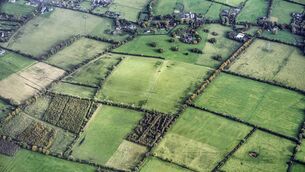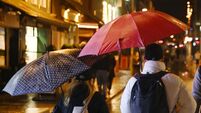Survey shows Irish feel safe as houses
Public safety and crime levels are among twelve key indicators of quality of life, according to the Dublin-based European Foundation for the Improvement of Living and Working Conditions.
So, one of the more disturbing results of the foundation’s 26,000 “quality of life” interviews conducted across 28 countries in Europe, was the high number of Europe’s citizens who were concerned about their safety at night.










